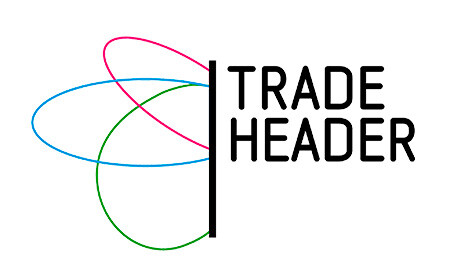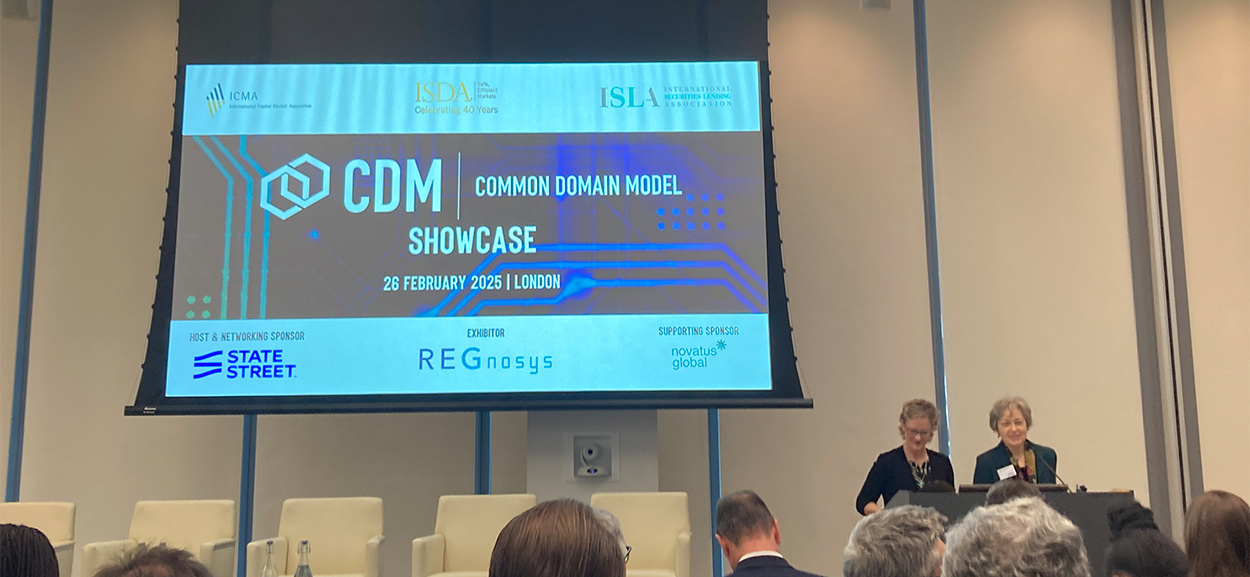Agile methodologies have emerged as a game-changer, revolutionizing the way teams collaborate and deliver exceptional results. At the heart of Agile lies Scrum, a framework that empowers teams to adapt, iterate, and thrive in fast-paced environments. This article is based on a real project we are developing for a client but we have anonymized all details.
We are the client A project team, formed by Aleix Cuevas, Aleix Revilla, Erich Lerbs, Ricard Punsola, and Roger Pérez. We have been working together in a project with these methodologies for over half a year. We are getting close to the project’s delivery, and we want to present in this article the key points of AGILE and SCRUM in our working routines. These methodologies and routines can supercharge your team's productivity, so we suggest you visualize your own team following these principles and questioning whether it is a good approach.
🌟 Agile: Embracing Change for Success
Agile is a mindset, a set of values and principles that prioritize adaptability, collaboration, and customer satisfaction. Unlike traditional waterfall methods, Agile encourages incremental development, frequent feedback loops, and continuous improvement. By embracing change and valuing individuals and interactions, Agile fosters a culture of agility, where teams can respond swiftly to evolving requirements and deliver value early and often.
🔧 Scrum: Empowering Teams to Soar
Within the Agile framework, Scrum stands tall as a versatile and widely adopted methodology. Scrum employs a lightweight, iterative approach, enabling teams to tackle complex projects with ease. At its core, Scrum promotes self-organization, transparency, and regular inspection and adaptation. With designated roles, time-boxed events, and artifacts, Scrum empowers teams to optimize their productivity and deliver tangible outcomes. This iterative process is made by fixed period of times of 1 to 4 weeks, called Sprints.
🔄 A Day in the Life of our Scrum team
Now, let's explore the typical routine of our team. We have 2 week sprints and our main meetings routines:
- Daily Scrum: A quick stand-up meeting we celebrate every day, the Daily Scrum. Our team members gather to share progress, discuss challenges, and plan the day's work. Each member answers three questions: What did I accomplish yesterday? What will I do today? Are there any roadblocks? The focus is on alignment, coordination, and identifying any impediments early on.
- Sprint Backlog Refinement: Throughout the sprint, our team members engage in refining the items in the Sprint Backlog, the prioritized list of work for the current iteration or sprint. We collaborate to clarify requirements, estimate effort, and break down tasks. This ensures a shared understanding of the work and promotes effective planning.
- Collaboration and Development: Following the Sprint goals, our team engages in collaborative development. We work together, leveraging their diverse skill sets, to complete the tasks assigned during the Daily Scrum. Close communication and knowledge sharing are key during this phase, enabling the team to overcome obstacles and deliver high-quality results. For us collaboration is key since our team is a mix of software engineers and business analysts and the project involves software development, data analysis, and testing so working together is critical.
- Daily Progress Tracking: As the day progresses, our team members update their progress in a shared task-tracking tool, in a Scrum board in Jira. This visibility ensures everyone is aware of the team's progress and any potential bottlenecks. It also facilitates effective communication with stakeholders and supports timely decision-making.
- Sprint Review and Retrospective: Towards the end of the sprint, our team conducts a Sprint Review, showcasing the completed work to stakeholders and gathering feedback. This session helps our team validate the product increment and make any necessary adjustments. Following the review, the team holds a Sprint Retrospective, reflecting on their processes and identifying areas for improvement in the next sprint. Retrospectives are really valuable to get lessons learned and to apply them in future sprints.
By following this daily routine, our team embraces collaboration, transparency, and agility, unlocking their full potential and driving project success. We use Atlassian’s Jira to support us in the whole process, including the task management and the retrospective sessions.
During this routine, we try to see each other in the office and do the more meaningful meetings face to face, also, we enjoy different team dynamics that help us improve in every sprint.





